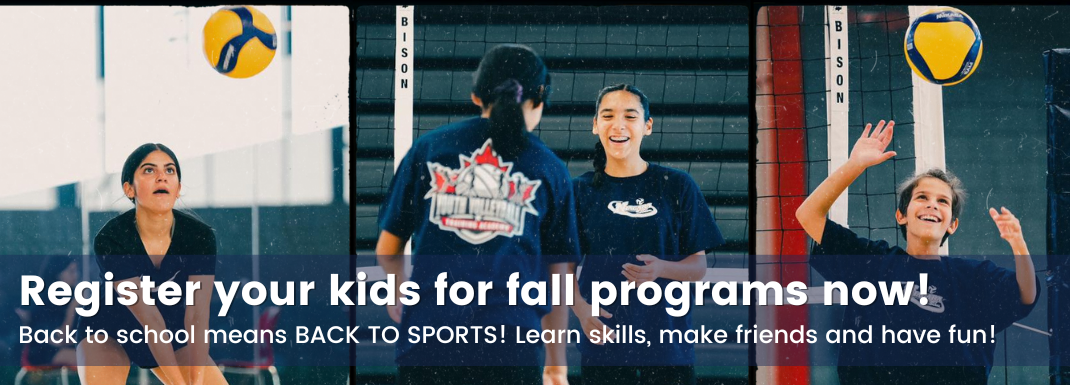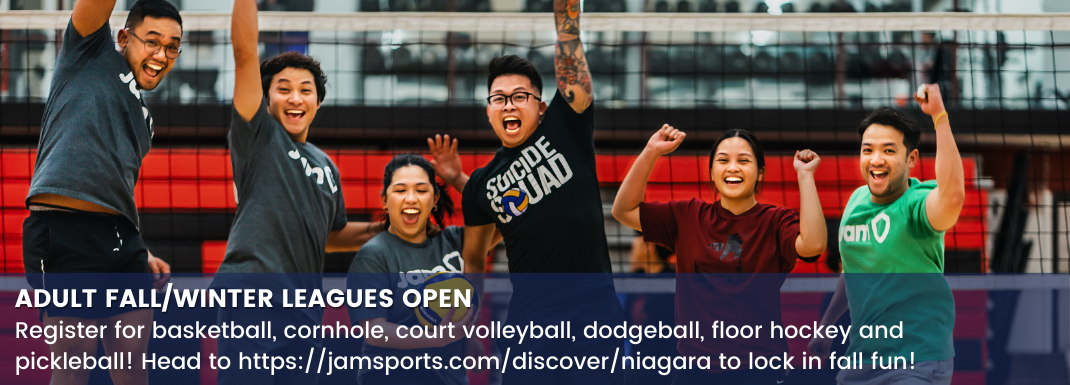
Volleyball hitting positions and stereotypical player characteristics needed to play them. For those who are getting into the swing of volleyball, learning how to bump, set, and spike might be helpful to learn each of the positions! Volleyball is a skillful and technically dense sport, and each position is usually better at one of the techniques than the other. This can be helpful if you're worse at, say, setting, but would love to spike the ball. Don't get too excited! You'll have to do all three eventually!
Alright, so, when it comes to a game, one of the first thing's you'll have to do is serve the ball. That isn't actually a position! Everyone gets a chance to serve the ball unless you're subbed out. But that serve is headed right towards someone who is prepared to pass or bump the ball.
When a ball is served, the people who are prepared to pass the ball will be on "serve receive". Usually, this looks like a row of three people. The best passer out of the three people standing there will typically be the defensive specialist, or "D.S." This means they might get subbed into the back row and only play in the back of the court. Don't get this position confused with the "defenders" though. Because anyone in the back half of the court is a defender.
Now, there is one passer out there who might be better than a D.S., and that's the libero (lee-buh-row). Don't worry; this player is hard to miss. The libero is the player who wears a jersey that is the opposite colour than the rest of the time (so if the team is blue, the libero will wear white). The libero does not count as a sub, but they cannot rotate into the front row or jump and attack a ball. They usually run into the backcourt once of the taller middler blockers (I'll get to them later) is heading into the back.
Okay, so whoever passes the ball will hopefully put it right on "target" this is actually a labelled spot when it comes to vball. This is generally at the net towards the right side player. There the setter will be waiting, excitedly, for the perfect pass. The setter is the one who greets the ball when it's over their head with two hands. And they are usually the ones who dish out "dime" sets - or exactly what the hitter wants. The setter is usually the player who has to work the hardest, especially if the passers aren't doing their job, and that's because the setter almost always wants to get the second touch on the court (to dish!).
And, well, now we've made it to the volleyball hitters positions. The setter can set to the ball to three or four players: the outside or power hitter, the middle hitter, the right side or back hitter, and the back row players.
The power hitter is usually the strongest of all the volleyball hitting positions (hence the name) and will hit from the far left side of the court. They usually hit off of a nice high, arching set (called a "4", or "40", "high ball", "outside") and love to bring the heat.
The middle hitter is also strong but loves a quick set, one that will mess up the other time. Those sets include "51", "61", "31", shoot, or any other variations, depending on the team. The middle hitter is usually the very tallest on the team because they can outshoot the other team's blockers.
And lastly, we have the right-side hitter. Sometimes this person is left-handed but not like it's required but it makes it easier than having a lefty outside or middle. To set this ball, the setter will attempt to face the left side of the net (towards the power) and lift the ball high and behind. It looks almost straight up and down sometimes, but, if the setter can trick the other time, the right side can really bring it home!
Now, I know I've mentioned tricking the other team, but what does that mean? Well, for the higher calibre (and sometimes taller teams) every person in the front row will try to block the other hitters from hitting the ball as hard as they can. Usually, two people will block one-hitter but it's not always consistent. The defenders (all the people in the back row) are behind those blockers and will do whatever it takes to keep the ball off the floor).
Now that you've learned all the volleyball hitting positions, you should get out there and play! Ask a friends and any other volleyballers that are in need of a sub and would love to teach you!
Click Here To Register For Our Volleyball Leagues!


